
In many European holiday destinations, tolls have to be paid for the use of motorways, dual carriageways, and busy transport structures such as bridges and tunnels. But how exactly does toll collection work?
EU vignette and toll: General information
Toll collection is typically route-based, with vehicles either being recorded manually at toll stations or identified by an automatic toll box in Europe. Travellers can calculate and pay the toll using special toll calculator apps that also provide routes and traffic information. In some countries, vignettes valid for certain periods are required, while special tolls may also be charged for specific infrastructure such as bridges or tunnels.
Tolls in Europe: In which countries?
The toll system is based on the payment of a fee for the use of motorways and dual carriageways. We have compiled a table of toll costs per kilometre in the most frequently travelled countries with a distance-based toll system. Please note that these costs are average values and may vary depending on vehicle type, specific route, and current tariffs:
| Country | Cost per kilometre |
|---|---|
| Germany | €0.15 |
| France | €0.10 |
| Italy | €0.07 |
| Croatia | €0.08 |
| Spain | €0.10 |
| Portugal | €0.10 |
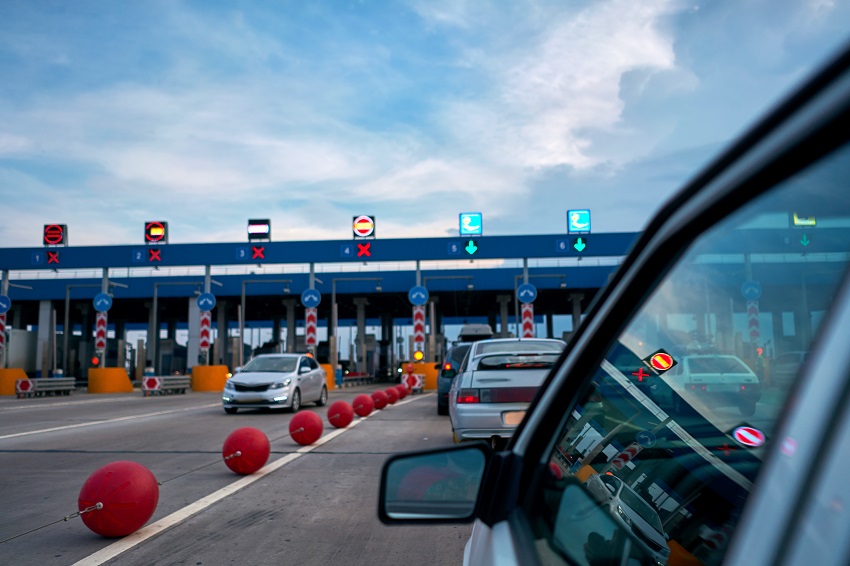
Italy
The current toll for using almost all Italian motorways is 7 cents per kilometre (as of 2024). Road tolls are payable on all motorways except the A2 from Salerno to Reggio di Calabria.
France
In France, the use of motorways by motorbikes, cars, lorries, caravans and motorhomes is subject to tolls, except certain urban motorways. Unlike many other European countries, the country’s motorway network is operated by different companies, which means that there is no uniform cost for the toll. The cost varies depending on the motorway you are driving on.
Croatia
In Croatia, the cost of the toll is calculated according to the distance travelled on the motorway. On average, the motorway toll for a category I car is around 8 cents per kilometre driven.
Netherlands
In the Netherlands, there are no general tolls for driving on country roads and motorways, allowing for toll-free travel throughout the country. However, there are two exceptions: the Kiltunnel and the Westerschelde Tunnel, which do require toll payments.
Belgium
Belgium doesn’t have any tolls for passenger cars on roads and motorways, so private vehicles (cars, campervans, buses, motorcycles, etc.) aren’t required to pay tolls.

Vignette in Europe: In which countries?
The time-based toll vignette is used in some countries such as Austria, Switzerland, the Czech Republic and Hungary. The toll is not charged according to the distance travelled but over a flat-rate period. Drivers may purchase a vignette that is valid for one day, two weeks, several months, or a whole year, as required. An overview is provided below:
| Country | 7–10 days | 30 days | 1 year |
|---|---|---|---|
| Austria | €11.50 | €28.90 | €96.40 |
| Slovakia | €12.00 | €17.00 | €60.00 |
| Bulgaria | €7.00 (7 days) | €14.00 | €45.00 |
| Slovenia | €16.00 (7 days) | €32.00 | €117.50 |
| Czech Republic | €12.40 | €17.60 | €60.00 |
| Romania | €3.30 | €5.30 | €28.00 |
| Hungary | €16.80 | €27.20 | €150.00 |
| Switzerland | CHF 40 |
Please note that the prices shown are examples and actual prices may vary depending on the time of purchase and point of sale.
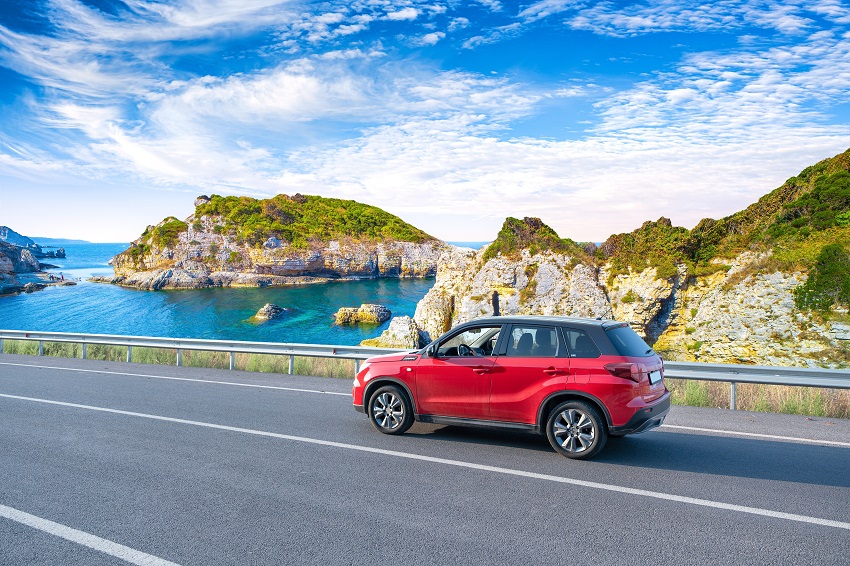
Hungary
Please be advised that to drive on Hungarian motorways, you will require the electronic vignette e-Matrica in advance. Various validity periods are available, including daily, weekly, monthly and annual vignettes.
Czech Republic
The toll in the Czech Republic is between CZK 0.002 and CZK 5.36 per kilometre. This applies to a gross vehicle weight of 3.5 tonnes or more on motorways and dual carriageways.
Slovenia
For vehicles with a total weight of less than 3.5 tonnes, a vignette is compulsory in Slovenia for the use of motorways and dual carriageways. The Slovenian vignette system has been purely electronic since the beginning of 2022. This means that you must purchase an e-vignette before driving on the motorway or dual carriageway.
Austria
A toll is charged in almost all cases for the use of motorways and dual carriageways in Austria. For vehicles with a maximum permissible mass of up to 3.5 tonnes, the fee is paid in the form of a vignette, with additional charges applied on certain routes and for some tunnels.
Switzerland
There is no distance-based car toll; in fact, levying this type of toll is prohibited by the Swiss Federal Constitution. However, all motor vehicles weighing up to 3.5 tonnes are required to have a vignette for driving in Switzerland, while vehicles weighing over 3.5 tonnes that are not used in the transport industry are subject to a flat-rate heavy vehicle charge (PSVA).
Slovakia
Slovakia uses an electronic vignette system, the so-called e-vignette, for the use of motorways and dual carriageways by vehicles with a gross vehicle weight of less than 3.5 tonnes.
Tunnel toll in Europe
We have listed the five most important tunnels in Europe and the prices for travelling through them:
- Mont Blanc Tunnel (France/Italy, 11.6 km): The toll charges vary seasonally and according to vehicle type. For cars, a single journey costs around €54.10.
- Gotthard Tunnel (Switzerland, Uri/Ticino): Travelling through the Gotthard tunnel is included in the Swiss vignette and is therefore already covered in the price. This means that no additional, route-related toll is charged for using the Gotthard tunnel.
- Grosser-St.-Bernhard Tunnel (Switzerland/Italy, 6 km): This tunnel runs through the Alps. A one-way journey for cars costs around €30.
- Fréjus-Tunnel (France/Italy, 13 km): Cars pay around €45 for a one-way journey.
- Öresund Bridge (Denmark/Sweden): The toll for the entire crossing (bridge and tunnel) is around €65 for a single journey.

Vehicles over 3.5 tonnes
In Europe, tolls for vehicles over 3.5 tonnes vary depending on the country, route travelled and vehicle class: A vignette for vehicles over 3.5 tonnes is, therefore, due for these vehicles.
The so-called Eurovignette is required in Luxembourg, the Netherlands, and Sweden for vehicles over 12 tonnes. From 1 January 2025, Denmark will switch to a kilometre-based road toll for heavy goods vehicles, which means that the Eurovignette will no longer be required.
Eco-vignette: Where is it required?
The eco-vignette has been introduced in some European countries to promote environmental protection and regulate traffic in heavily congested urban areas. Here are some examples of the different types of eco-vignettes in Europe:
- Germany – Environmental sticker: Germany uses colour-coded environmental stickers to classify vehicles according to their emission standards.
- France – Crit’Air: France has a similar system with six different vignette colours depending on vehicle emissions.
- Austria – exhaust emissions sticker: In Austria, the emissions sticker is mandatory for certain regions and helps to identify more environmentally friendly vehicles.
- Belgium – LEZ vignette: In Belgium, vehicles must be registered to enter low–emission zones (LEZ).
- Netherlands – Low emission zones: In the Netherlands, environmental zones apply in various cities for which vehicles must meet certain emission standards.
- Italy – ZTL badge: In Italy, there are zones with traffic restrictions (Zona Traffico Limitato – ZTL), especially in historic city centres.

European excursion: Basic tips for a comfortable journey
We have summarised a few tips to help you enjoy your next journey without any worries:
- Buy your vignette in good time: Purchase your vignette in advance of your journey to avoid lengthy queues at border crossings or potential fines.
- Correct placement of the vignette: Attach the vignette correctly to the windscreen of your vehicle in accordance with the instructions so that it is clearly visible from the outside.
- Utilise digital options: If available, use the digital vignette, which can be purchased via special apps and is a convenient way how to pay for tolls in Europe.
- Regular maintenance of the vehicle: Keep your vehicle in good condition. Check the oil level, tyre pressure, and brakes regularly to ensure that your car is roadworthy. Products for maintenance can be found at AUTODOC.
- First aid kit and warning triangle: Make sure that your vehicle is equipped with a first aid kit and a warning triangle. You will find suitable safety equipment at AUTODOC.

FAQ
In which EU countries is no toll charged?
In some EU countries, no toll is charged for the use of motorways or other roads. These countries are Estonia, Finland, Luxembourg, and Malta. In these countries, drivers can use motorways and main roads without additional charges.
Which country has the highest toll charges?
France and Italy are countries with particularly high toll charges for motorways.
In which countries do I have to pay tolls for my car?
Car drivers have to pay tolls in many European countries, including France, Italy, Spain, Portugal, Austria, Switzerland, Hungary, the Czech Republic, Slovakia, Slovenia, Romania, Bulgaria, Greece, and Poland.
- @user_285943926.08.2024 08:56Member
This blog provides a thorough and clear overview of toll and vignette systems across Europe, offering valuable insights into costs and regulations by country. The detailed information about tolls, vignettes, and eco-vignettes is particularly useful for planning trips. Kudos to the author for creating such a comprehensive guide.
 @OleJKa21.01.2025 15:59Member
@OleJKa21.01.2025 15:59MemberIs it full? For instance Poland has paid roads but it's not in the list.








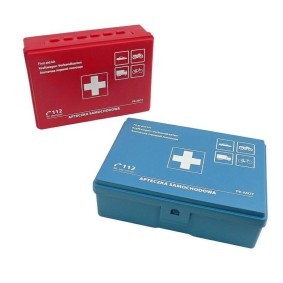



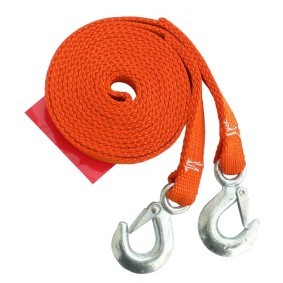















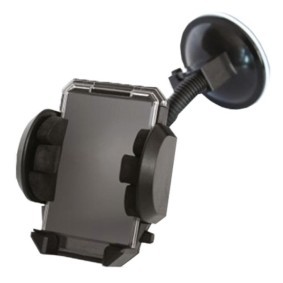

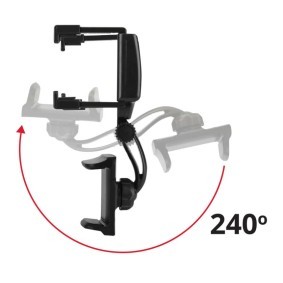






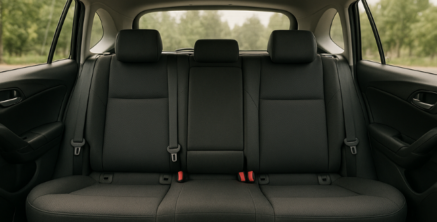
Comments – 2